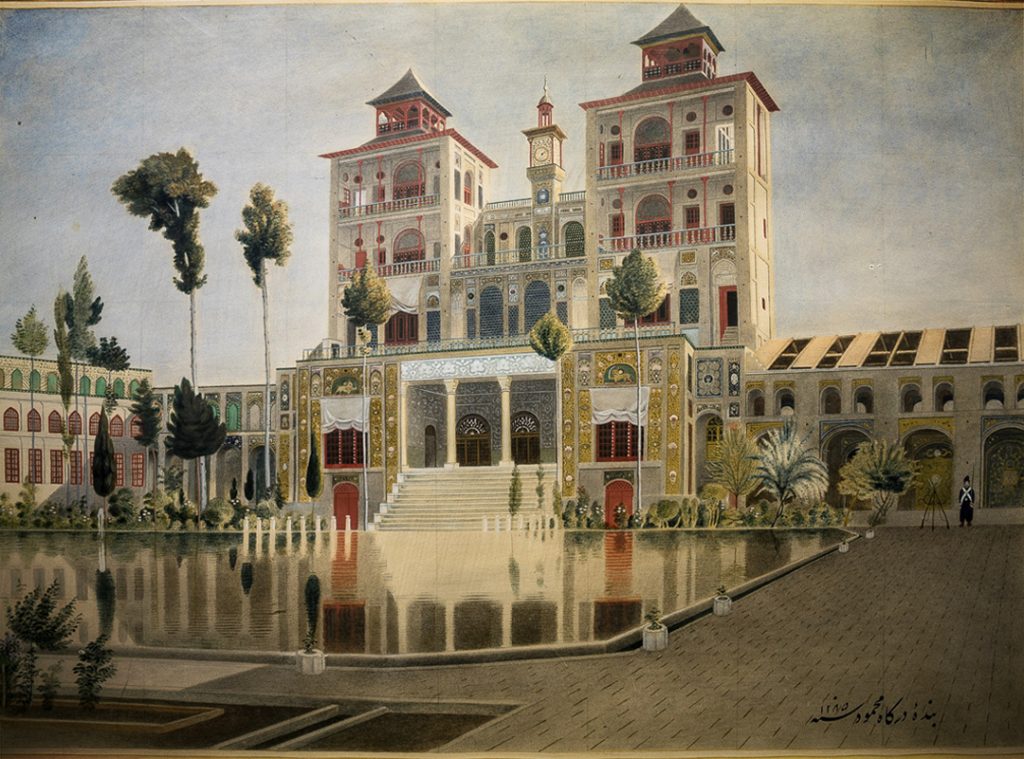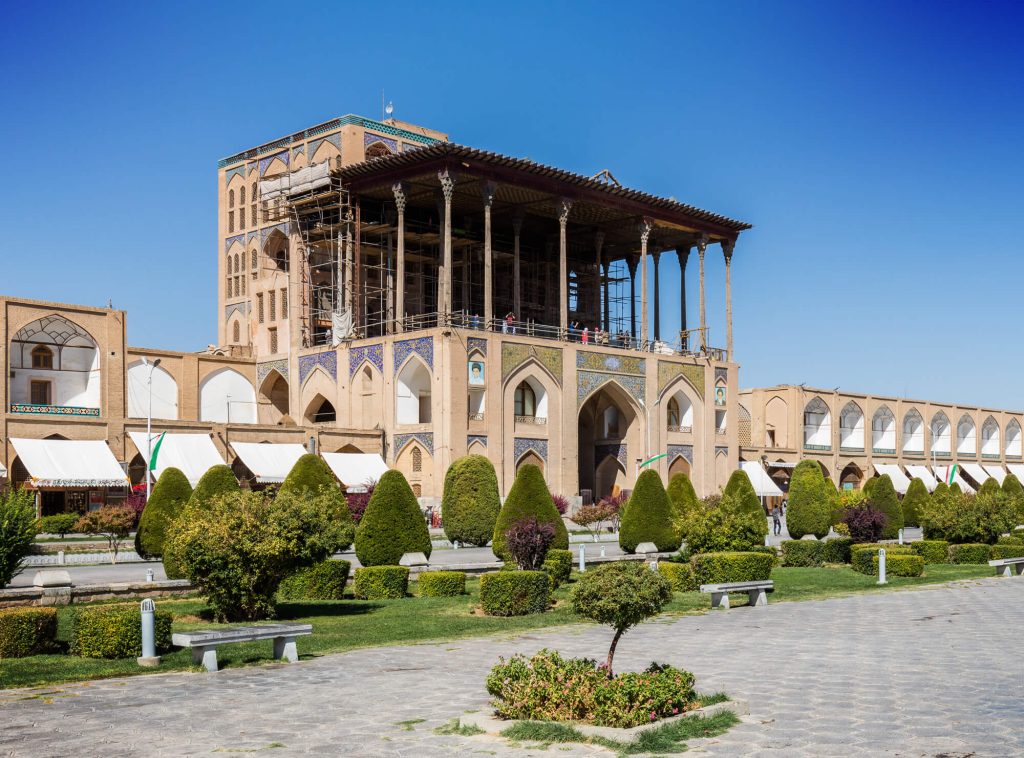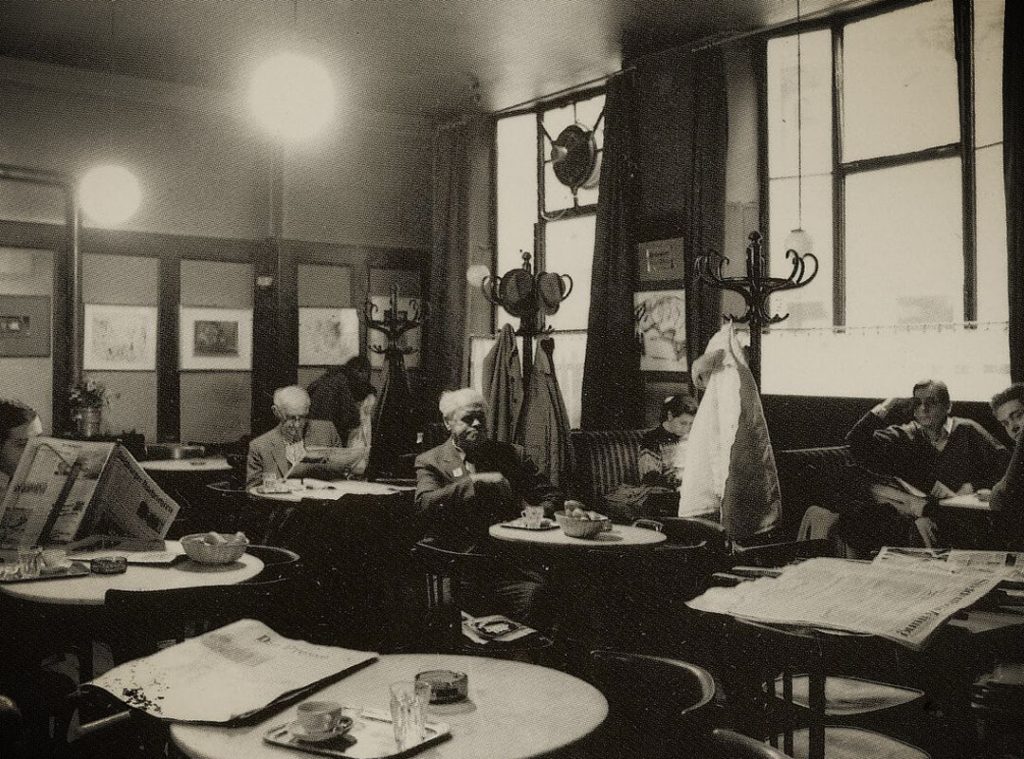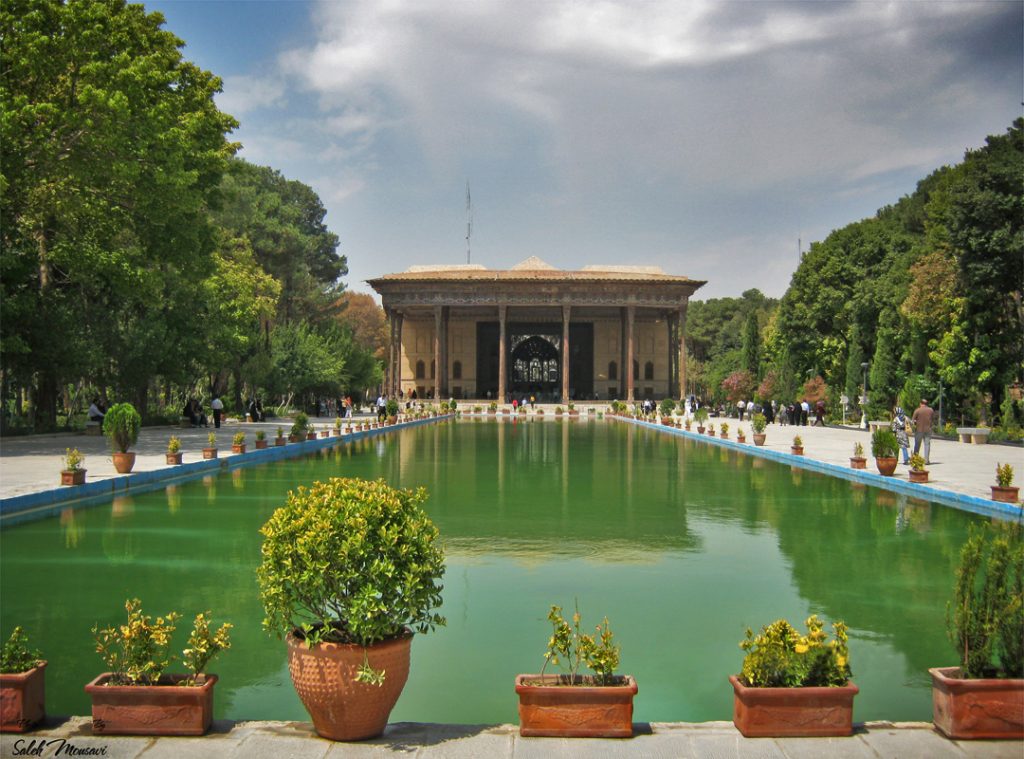Shams-ol-Emareh, an iconic existent building close to the heart of Tehran. It stands as a testament to the rich cultural heritage and architectural brilliance of the region. This majestic structure, also known as the “building of the Sun,” holds immense historical significance. It attracts visitors from around the world and areas. In this article, Hey Persia embarks on a journey through time to uncover the captivating history, architectural grandeur, and cultural significance of Shams-ol-Emareh.
A look into History Shams-ol-Emareh
Accordingly, dating back to the 19th century, Shams-ol-Emareh was authorized by Naser al-Din Shah Qajar, the ruler of Iran at the time. Its construction commenced in 1865 and was completed in 1867. The renowned Iranian architect, Moayer al-Mamalek, infused elements of both traditional Persian and European architectural styles, resulting in a unique and striking edifice that remains an architectural masterpiece to this day.
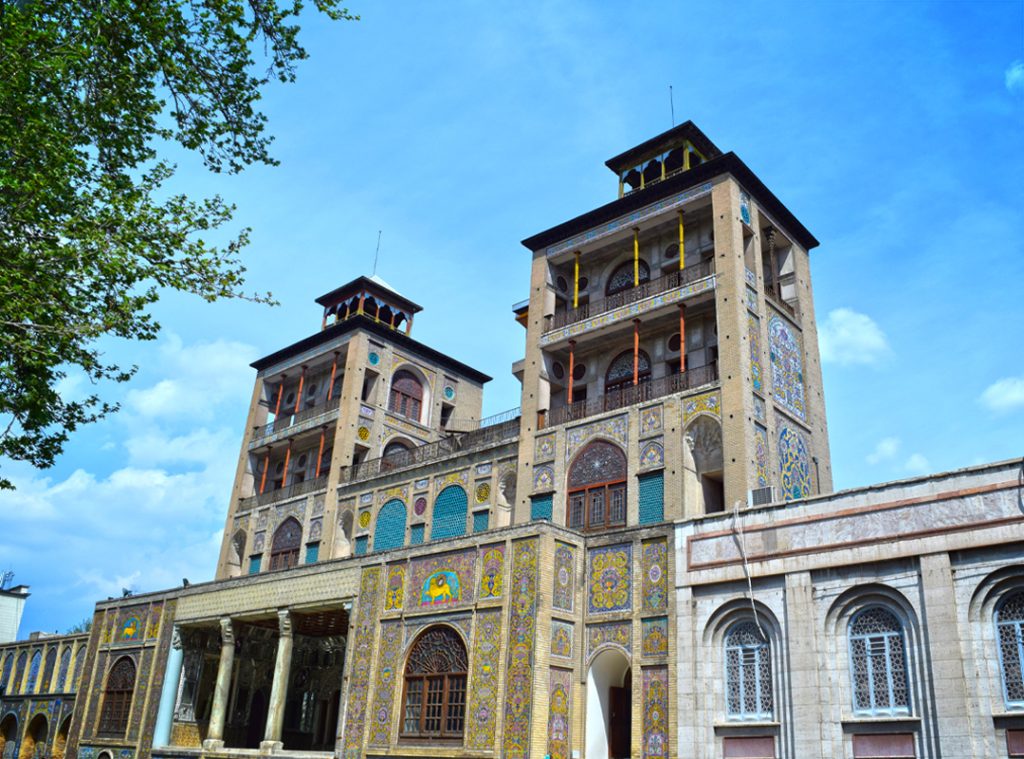
Subject area of Shams-ol-Emareh
generally, the remarkable fusion of Persian and European architectural styles is one of the defining features of Shams-ol-Emareh. The building boasts a magnificent central tower, adorned with exquisite blue and green tiles, intricate mosaic patterns, and delicate stucco decorations. Four elegant minarets embellish the corners, each offering breathtaking panoramic views of the surrounding landscape. The rooftop terrace, accessible through winding staircases, presents an enchanting vista of Tehran’s urban splendor.
Cultural Significance in Shams-ol-Emareh
Beyond its architectural splendor, Shams-ol-Emareh holds great cultural significance for Iranians. The construction served as a venue for various royal ceremonies and events during the Qajar dynasty. It stood witness to historical moments, hosting official gatherings and lavish receptions, thereby symbolizing the grandeur and prestige of the ruling dynasty. Today, it stands as a proud reminder of Iran’s rich history and serves as a popular tourist attraction.
Restoration Efforts in
Over the years, Shams-ol-Emareh has faced the challenges of time and weather deterioration. However, architectures have done numerous restoration projects to preserve its original glory. persevering efforts have been made to repair and restore the intricate tilework, stucco designs, and structural elements, ensuring that future generations can continue to appreciate the architectural brilliance of this historical gem.
Visiting Shams-ol-Emareh
Visitors to Tehran should not miss the chance to explore Shams-ol-Emareh. The building is conveniently located within the Golestan Palace complex, a UNESCO World Heritage site. Entry to the palace allows visitors to marvel at the magnificence of Shams-ol-Emareh along with other remarkable structures within the complex, including palaces, museums, and beautiful gardens. Guided tours offer insights into the rich history and cultural significance of this architectural wonder.
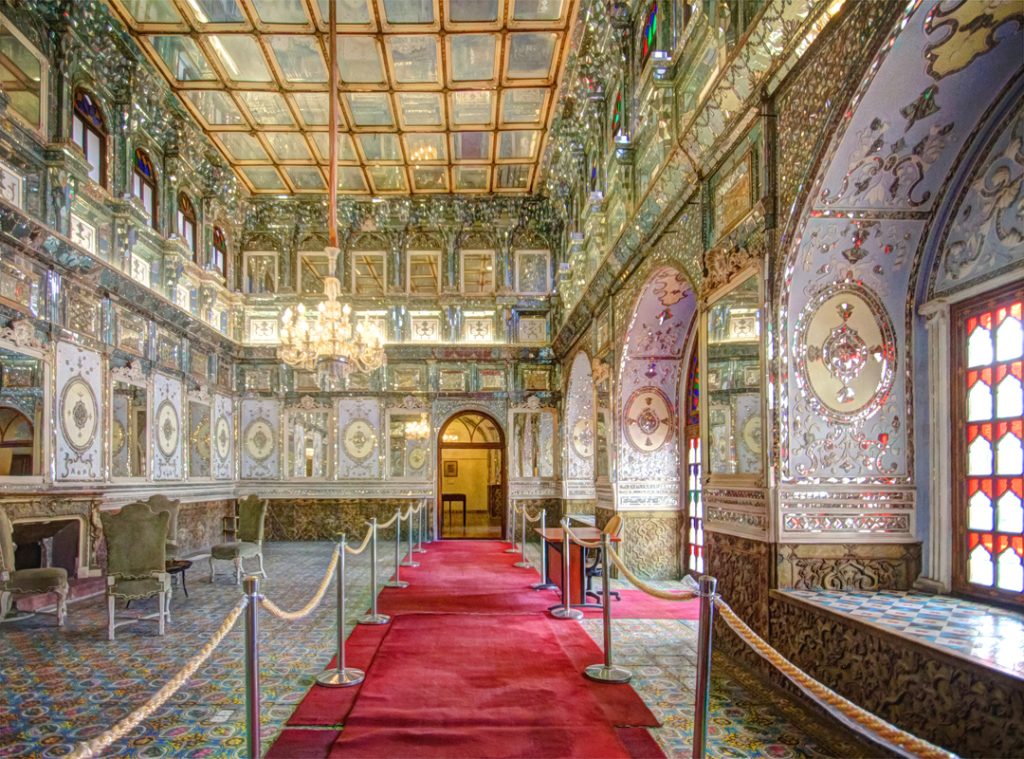
Perfect landmark of Tehran
Finally, Shams-ol-Emareh stands as an awe-inspiring architectural treasure , reflecting the grandeur and cultural heritage of Iran. Its fusion of Persian and European styles, intricate tilework, and breathtaking views make it a must-visit destination for history enthusiasts and architectural admirers. As restoration efforts continue to preserve its magnificence, Shams-ol-Emareh remains a symbol of Iran’s rich past, captivating visitors and serving as a testament to the artistic genius of its creators.

